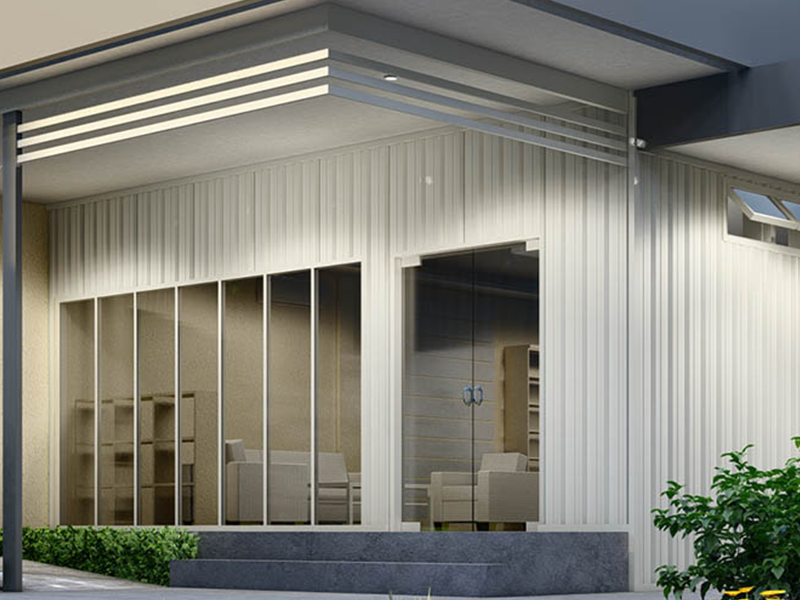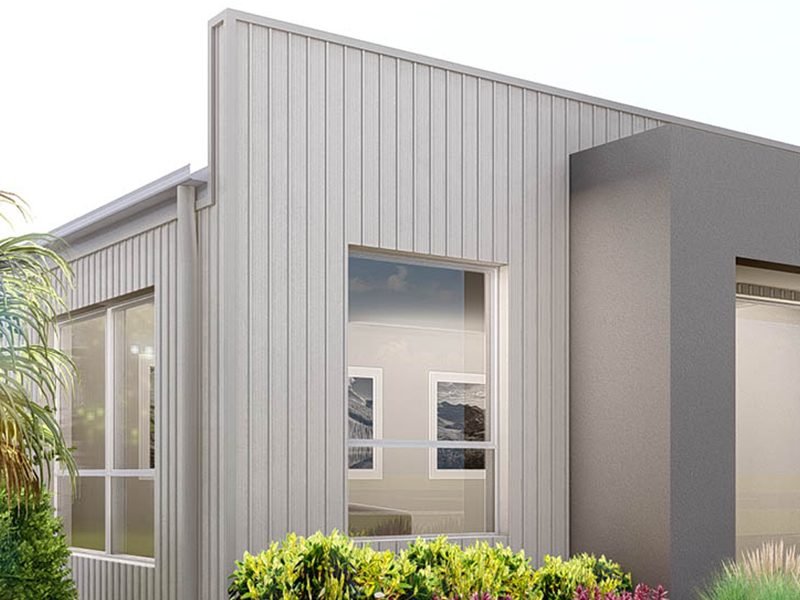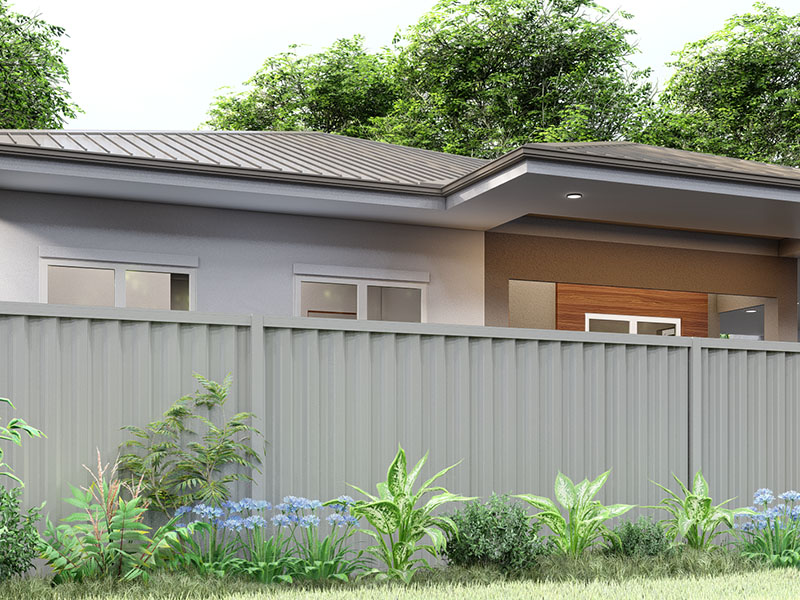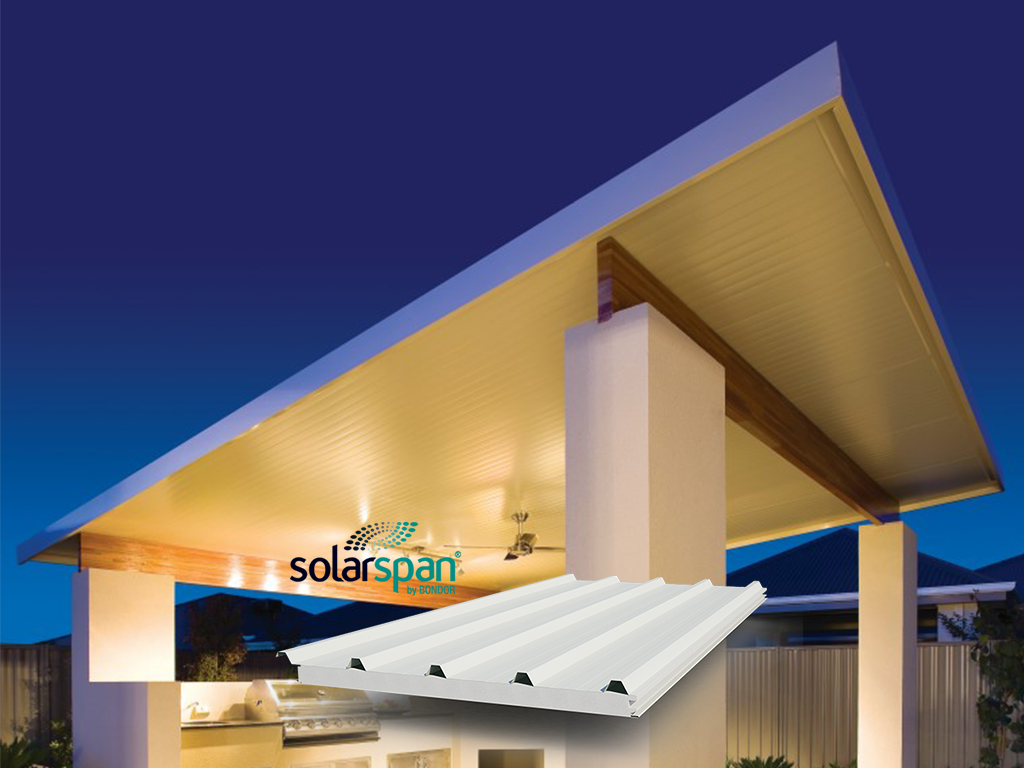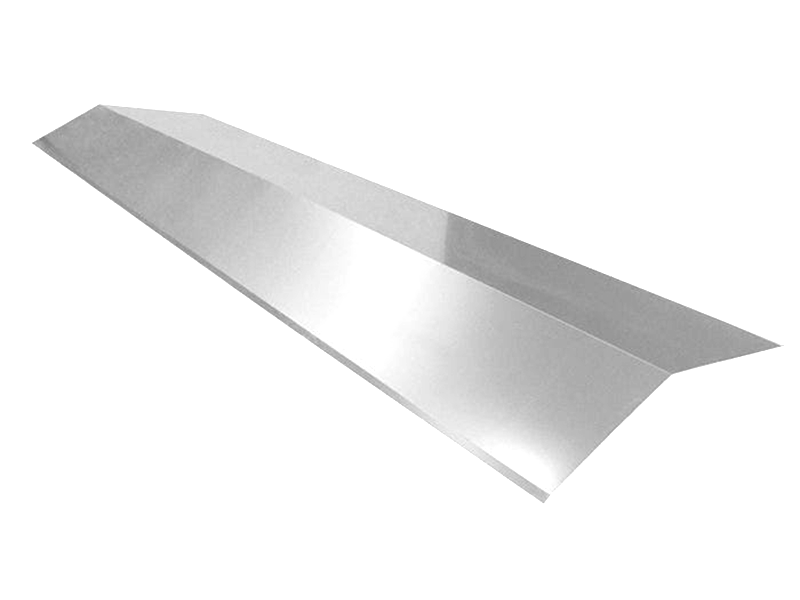
What Is Fascia in a House? Understanding the Basics
If you’re not sure what fascia is, you’re not the only one. Fascia is a building component that’s often overlooked and misunderstood, although it is actually very important to the overall construction of your home. It can also cause serious problems if it’s damaged or not well-maintained. This article will help you understand exactly what fascia is and how it affects the structural integrity of your home.
What is fascia in a house?
Fascia is a decorative trim that covers the exterior of a house. It can be made of wood or metal, and sometimes other materials like stone or plastic. Most commonly, it’s installed on the wall of a house to cover up any gaps between siding boards, windowsills and gutters. Basically, it gives your home a more finished look.
Fascia boards come in various thicknesses depending on where they’re being used in your house. There are also several different styles available. Some have cut-out sections for pipes while others can hide pipes altogether.
Different types of fascia available in Australia
There are several types of fascia available in Australia. Primarily, you choose from timber, PVC and plywood. If you’re looking for something more durable than timber, then PVC is a good option as it doesn’t rot or crack in the same way as wood does when exposed to moisture. Plywood or MDF is another popular choice because it’s easier to install, however, it isn’t as durable.
Fascia can also be stained or coloured to match your home’s aesthetic, or it can be left as is. The choice is totally yours depending on personal preference.
What are the benefits of high-quality fascia?
There are quite a few reasons that people want the best quality fascia for their home. Obviously, it’s an important part of the home, so it makes sense to use quality materials. Some of the major benefits include:
- Enhancing the appearance of your home, making it more visually appealing.
- Increasing curb appeal when you try to sell the home.
- Prevents air from escaping the home, which in turn decreases energy costs.
- Reduces the risk of water getting into your home, potentially damaging walls and much more.
So, while it might seem like fascia is a fairly insignificant part of the house, it’s actually quite crucial for structural integrity. If you’ve ever wondered what is fascia on a house, the points above should tell you exactly why it matters.
How do I know if I have a problem with my fascia?
The great thing about fascia is that it’s quite a visible part of your home. So, if it becomes damaged, you’re likely to see signs quite early. Some of those signs include:
- Cracks and holes. If you notice cracks in the paint or stains through the paint, this could mean there has been some water damage to your home.
- Signs of water damage on the siding. Although not particularly common in Australia, if your home has timber siding, it can become discoloured or even warped due to water damage. This may indicate a problem with your fascia.
- Insect infestation (such as termites). You might notice unwanted insect house guests crawling around where your fascia meets with other parts of your house’s exterior. This often means there is an infestation underneath or behind those areas too. Naturally, termites can cause havoc with your home’s structural timber, and this should be addressed quickly.
If you spot any of the signs above, as well as any other visible damage to the fascia, it might be time to investigate the damage further.
What are the risks of damaged fascia?
If your home’s fascia is damaged, you need to thoroughly inspect the problem or call a roofing professional to help out. The biggest problem is leaks because water damage not only looks unsightly but can also be a health risk. Water damage can lead to mould growth, which can cause health issues for your family. Water damage can also affect your interior walls.
The second issue is termites and other insects. Termites, in particular, will find any way possible into your home. Especially around timber. So, if termites are sneaking in around your fascia, they could end up eating your structural timber. A large termite infestation can cause serious damage because termites will just eat timber until there’s no timber left. As such, termite infestations should be addressed by a pest controller. But you’ll also want to repair your fascia if this is where the critters are getting into your home.
Should I have a professional inspect and repair my fascia?
If you’re buying or selling a house, it’s a good idea to have the fascia inspected by a professional. The seller may be able to tell you if they’ve noticed any issues with their fascia. But like anything house-related, you should take the current owner’s words with a grain of salt. This isn’t to suggest that everybody is dishonest, but people may not even know they have issues with their fascia.
In terms of looking after your own property, it’s always best to consult professionals if you’re unsure. The risks associated with incorrectly installing fascia boards are really just too high. Consult the professionals for advice, but remember that you can always save money on materials by purchasing online through ClickSteel.
Looking for high-quality fascia for your house?
ClickSteel offers a wide range of fascia products for all types of homes. We supply fascia made from Colorbond® and Zincalume® steel because these are the most durable. You won’t have trouble with rotting timber or discolouration. We also stock a range of fascia accessories. So, whatever your needs, contact the team at ClickSteel today. Or, if you know exactly what you need, simply order online!
- Colorbond Fencing: The Ultimate Blend of Style and Durability April 11, 2025
- A Spotlight on Monument: The Most Popular Colorbond Colour for Australian Homes March 28, 2025
- Transforming Your Outdoor Space with a Colorbond® Patio March 18, 2025
- How to Paint Colorbond: The Do’s & Dont’s March 7, 2025
- How to Easily Install an Insulated Panel Patio February 20, 2025


